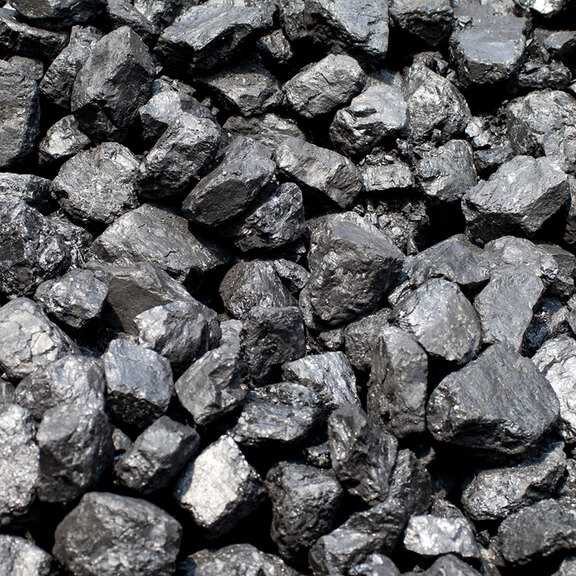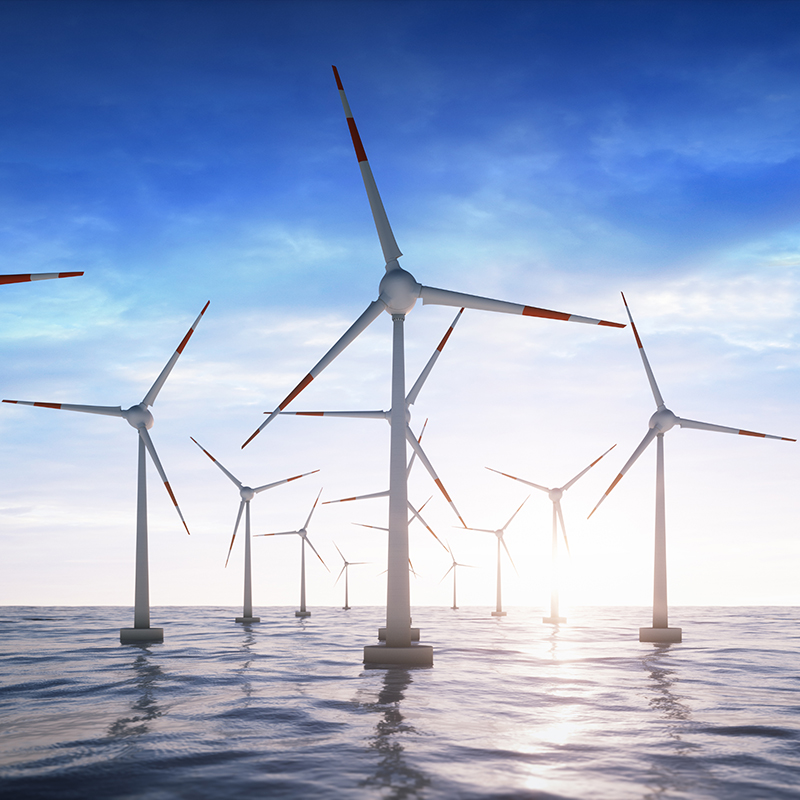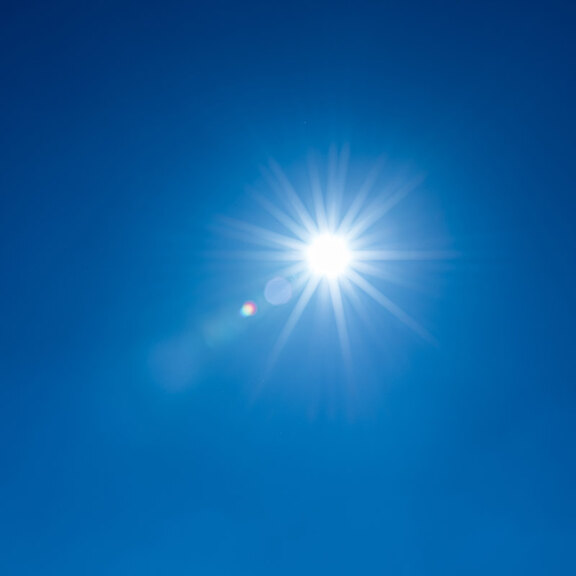Whenever the energy transition is talked about today, wind power is central to the discussion. Austrian-German engineer Ulrich W. Hütter was already working on the origins of this alternative form of energy generation in the 1950s. As an aeronautical engineer, he was a lecturer at Weimar Engineering College from 1939. He taught aeronautical subjects such as aircraft construction and fluid dynamics, but also mathematics and mechanical engineering. In the college’s fluid dynamics lab, he soon became interested in wind turbines. After 1940, he worked as a technical advisor and development engineer at Ventimotor GmbH. With his knowledge and experience from gliding and aircraft construction, he made important findings about how wind turbines can achieve maximum performance in electricity generation, for example through adjustments to the propeller. Hütter’s dissertation, which he submitted to Vienna College of Technology in 1942, was entitled “a contribution to the design fundamental for wind power plants.” In this, the engineer addressed the theory of “free-power wind turbines,” as they are correctly called in physics. His work contained groundbreaking insights into wind turbine construction.
Pioneer of modern wind turbines
1956 brought winds of change: on the northern side of the Swabian Alb mountains, Hütter began setting up a test field for wind turbines where, in September 1957, his prototype of the StGW-34 turbine went into operation. It resembled the current form of wind turbines very closely and marked a milestone in the history of wind energy generation. This wind energy test field, which still exists today and is named after its founder, is operated by the Institute of Aircraft Design at the University of Stuttgart.
There are almost 30,000 wind turbines in Germany today, according to figures of the German Wind Energy Association. These produced more than 100 billion kilowatt hours of electricity for the first time in 2017. In 2018, wind energy accounted for the second-largest portion of electricity production in Germany, ahead of nuclear energy and coal. Ulrich W. Hütter, who played a pivotal role in this, did not live to see this development. He died in 1990.
(Image: visdia – AdobeStock)





